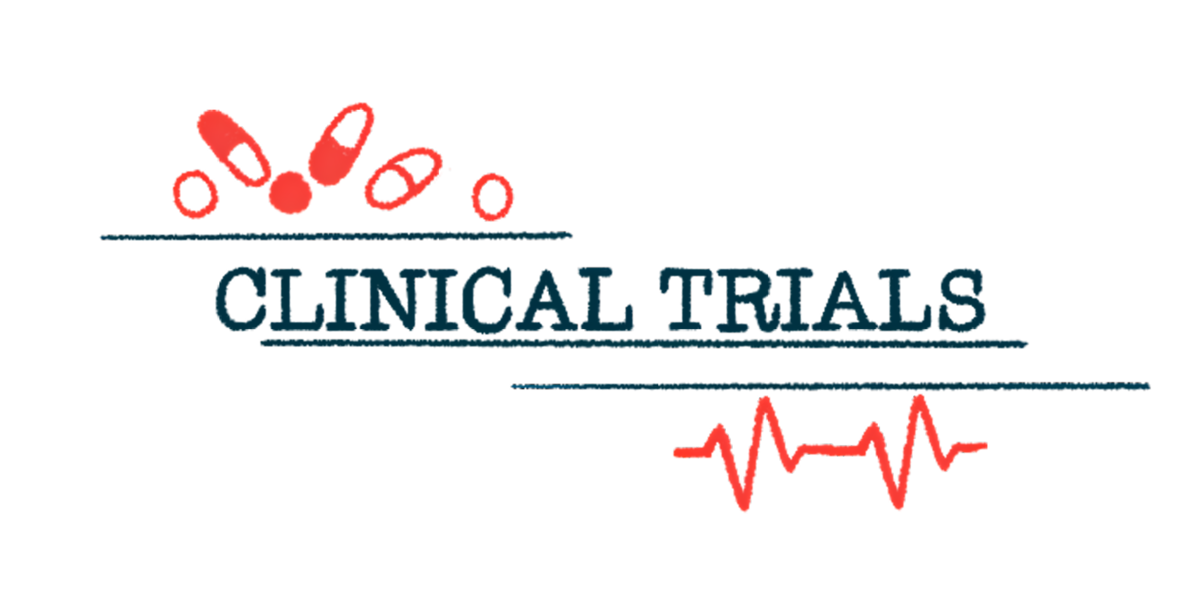Foralumab Phase 2a trial starts dosing patients at Yale MS Center
Study tests nasal spray in people with nonactive SPMS

A multicenter Phase 2a clinical trial testing Tiziana Life Sciences’ foralumab nasal spray in people with nonactive secondary progressive multiple sclerosis (SPMS) has dosed the first patients enrolled at Yale MS Center.
The Phase 2a study (NCT06292923) is assessing the treatment’s safety and efficacy against a placebo in up to 54 patients. Patient dosing started in late 2023 at Brigham and Women’s Hospital of Harvard Medical School in Massachusetts, and Tiziana announced late last year that the trial was expanding to six other U.S. sites, including Yale.
Nonactive SPMS patients ages 18-75 are being recruited at five sites.
“We are pleased to announce dosing at Yale in our multicenter Phase 2 trial, an important milestone in our efforts to address the unmet medical needs of patients with non-active SPMS,” William Clementi, PhD, chief development officer at Tiziana, said in a company press release. “This trial represents a significant milestone in our clinical development program for intranasal foralumab and underscores our commitment to advancing innovative treatments and immune-based approaches for autoimmune diseases.”
The trial is expected to be completed by the end of the year, and participants may choose to enter an open-label extension study (NCT06890923), in which all will be treated with foralumab nasal spray for six months to assess the treatment’s long-term safety and efficacy.
Potential new option for nonactive SPMS
Foralumab is an antibody-based therapy being developed to treat nonactive SPMS, a form of multiple sclerosis (MS) with limited treatment options. While several therapies are approved to treat relapsing forms of MS, only mitoxantrone is available for people with nonactive SPMS.
Tiziana’s therapy works by blocking the CD3 receptor protein at the surface of T-cells, immune cells involved in the inflammatory attacks that trigger MS. This is expected to suppress the activity of damaging T-cells and boost the activity of regulatory T-cells, which dampen excessive immune responses. The treatment’s anti-inflammatory effects could potentially slow disease progression in SPMS patients.
The Phase 2a trial is recruiting nonactive SPMS patients who experience continuous disability worsening despite standard treatment. Participants are being randomly assigned to receive three-week cycles of either 50 or 100 micrograms of foralumab or a placebo for 12 weeks (about three months).
The three-week cycles consist of one spray in each nostril three times a week for two weeks, followed by one week of rest.
The study’s main goal is to assess the treatment’s safety, as well as its efficacy at reducing the activity of microglia, the brain’s resident immune cells that contribute to MS progression, using positron emission tomography (PET) imaging scans.
Secondary goals include changes in standard motor and cognitive disability measures, fatigue, and quality of life. Researchers will also evaluate changes in inflammatory brain lesions and brain volume through MRI.
“The initiation of dosing in this trial marks an exciting advancement in our understanding and potential treatment of non-active SPMS,” said Erin Longbrake, MD, PhD, associate professor of neurology and clinical site investigator at Yale. “We look forward to contributing to the clinical evidence base for foralumab and its potential benefits for patients with this challenging condition.”
Tiziana is also running an expanded access program (NCT06802328) in which nonactive SPMS patients — including those not eligible for the ongoing Phase 2a trial — can have access to the experimental therapy outside of trials. Participants are receiving the therapy at a dose of 50 mcg in a schedule similar to that used in the trial.
Data from the first 10 participants demonstrated that 80% experienced a reduction of microglial activity, and 70% saw their fatigue lessen after six months. Patients’ disability levels either stabilized or reduced, with none experiencing disability worsening.
The program is set to include an additional 20 patients. Four of them started treatment in February.







